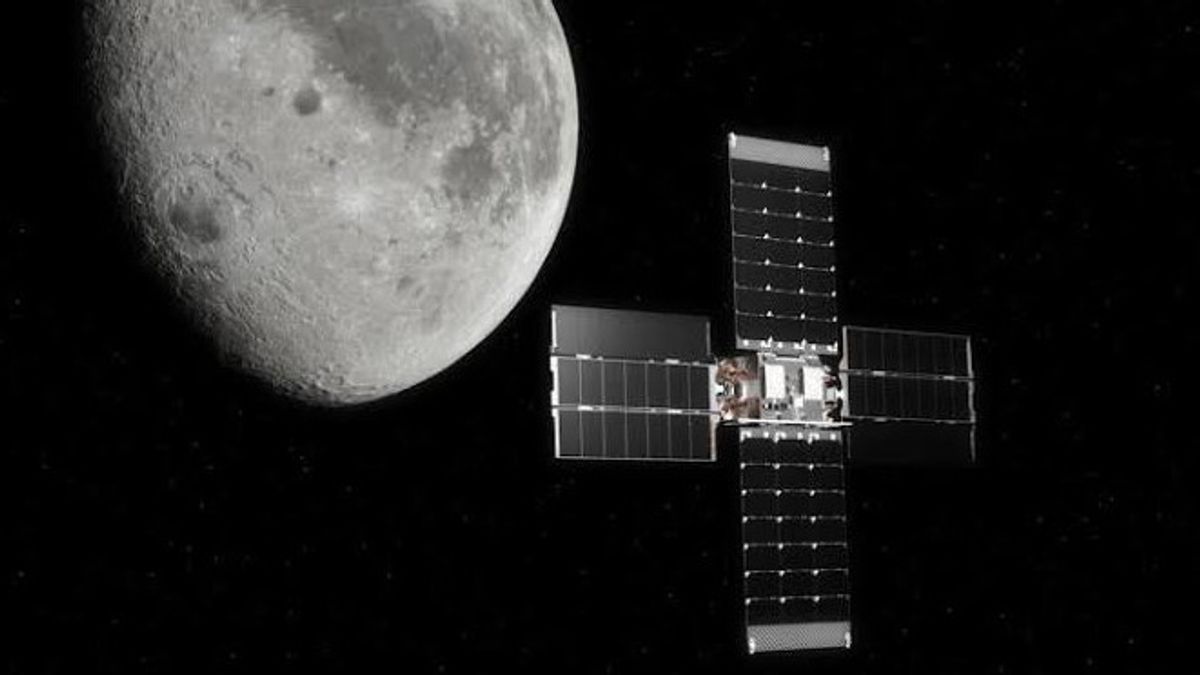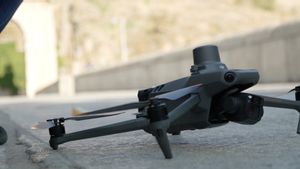JAKARTA - A small cube-shaped spacecraft or commonly called NASA's Lunar Flashlight (CubeSat) Satellite, which is sent to look for ice water on the Moon is unlikely to make it there.
NASA recently reported that the satellite had been experiencing problems, in which all four boosters in the miniature propulsion system were not functioning while en route to the near-rectilinear orbital halo (NRHO) around the Moon.
The Lunar Flashlight satellite was launched on December 11 with a four-month travel plan to find hidden ice around the lunar South Pole, via NRHO and scan a gap on its surface with an infrared laser.
However, NASA was forced to change the mission due to the failure of its propulsion system. Three of its four boosters started having problems shortly after launch, but mission control decided to live with one functional driving engine.
"The Flashlight snake rotates at a speed of 6 degrees per second, or one revolution per minute, around its directed axis. Then the booster is fired while ordering the spacecraft to remain directed in the right direction," NASA said in its official blog quoted Monday, February 13.
Indeed, there is potential after 20 days, where the maneuver of this mini trajectory correction will guide the Lunar Flashlight into halo orbit.
"The team managed to complete a few 10 minutes on a single booster, but as soon as possible, the booster also experienced a rapid decline in performance, and obviously the boost sent was not enough power to reach the planned orbit," NASA said.
It's unclear what caused the Lunar Flashlight propulsion system to fail. Initial tests show fuel channels that direct propellants to their boosters may be blocked.
The spacecraft is equipped with a miniature propellant system that has never been tested before running on a relatively new propellant type, dubbed the Advanced Spacecraft Energetic Non-Toxic (ASCENT) by the US Air Force.
Now, NASA and the Georgia Institute of Technology will develop a new way to try and save some research. Instead of bringing it into halo orbit, it will be placed in orbit well around Earth where it will be able to study the Moon as it flies through it occasionally.
"Approaching an optimal halo orbit seems unlikely, the Lunar Flashlight team decided to try to pass the moon using the remaining thrust that the propulsion system could provide," NASA explained.
"This new effort is designed to bring CubeSat to high Earth orbit, which includes periodic cross-fly to the South Pole once a month to collect data," he added.
Lastly, NASA takes into account Lunar Flashlight will be able to start collecting data in June. Fortunately, all the other hardware instruments and systems on the plane's boarding room were not affected and functioning properly.
The English, Chinese, Japanese, Arabic, and French versions are automatically generated by the AI. So there may still be inaccuracies in translating, please always see Indonesian as our main language. (system supported by DigitalSiber.id)













